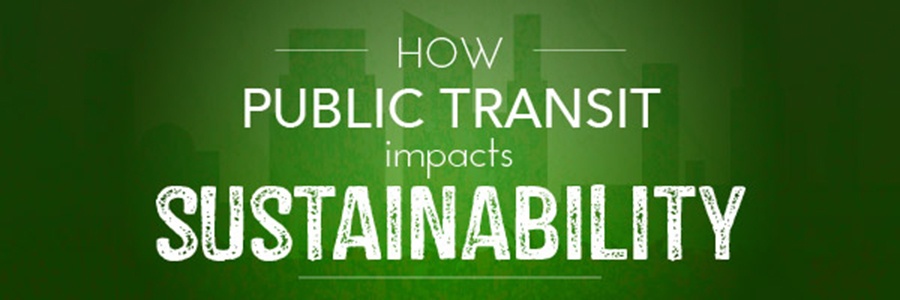
What are you doing on April 22? As spring is in full bloom, the environmental movement is in full swing celebrating Earth Day. How did this day come to exist? Back in 1970, US Senator Gaylord Nelson wanted to focus the public’s attention onto major sustainability issues, like air and water pollution, and thus, the environmental movement was born.
Since then, our air and water are clearer and Earth Day celebrations have grown from an estimated 20 million in 1970 to over a billion today. But, it’s not enough. Climate change is still a threat, and our love affair with the car is a direct contributor.
Here at TransLoc, we work with hundreds of public transit agencies to help them make transit more attractive and to serve their riders better. And yet, the true impact that improving public transportation could have on climate change issues is a cry not heard loud enough. Sure, some agencies use pollution mitigation as a tool to help attract more riders, but agencies don’t often talk about these issues as moral imperatives.
But what if the nation’s 7,000 transit agencies didn’t simply defer these concerns? What if agencies used their role as leaders in the community to share that climate change is a moral issue and one of the most important of our generation?
I imagine it would look something like this:
For the last century, many of us have focused on short-term convenience at the expense of long-term sustainability. Technology like the internal combustion engine and innovations like the federal highway system are direct examples of this short-sighted progress.
According to the Environmental Defense Fund, “personal motor vehicles…emit roughly 10% of global CO2 emissions from fossil fuels, which are the main form of greenhouse gas pollution,” and those vehicles are inefficiently used. As Tim Papandreou of San Francisco Muni pointed out, “cars are 80% empty and 95% idle.”
And while public transit is the best way to move large groups of people and can often be quite full, Tim noted that it is also empty a lot. Consultant Jarrett Walker of Human Transit identifies very pragmatic reasons for that reality. Still, the marginal cost to add an additional passenger to an existing bus—whether it is serving a “ridership” or “coverage” mission, to use Walker’s parlance—is close to zero. And because buses are bigger than cars, the environmental impact of filling these buses already traveling down the road is huge (PDF); a fully loaded bus has an 83% less environmental impact per passenger mile than a single-occupancy passenger vehicle.
Buses will never be as flexible as individual cars, but that shouldn’t stop us from doing everything in our power to maximize their effectiveness—once a decision is made to run a bus somewhere, we should get more creative with how to get more butts in seats. And we should do it not only because it will better utilize our existing transit infrastructure, but because it will mean we are moving more people in our communities more sustainably, which is exactly what our planet deserves.
We’re constantly trying to offer more creative ways to help transit serve you better. We know public transit won’t work for all of you all of the time. But it will work for some of you some of the time. Help us all to do our part to overcome the biggest challenge our world will face and get on the bus.